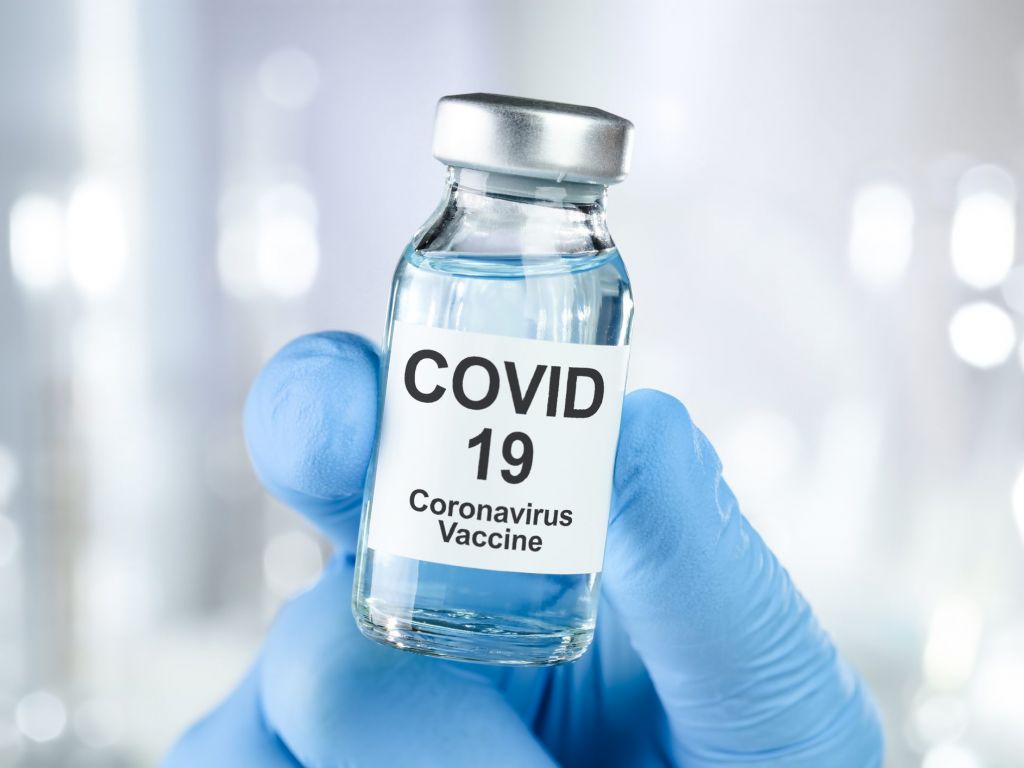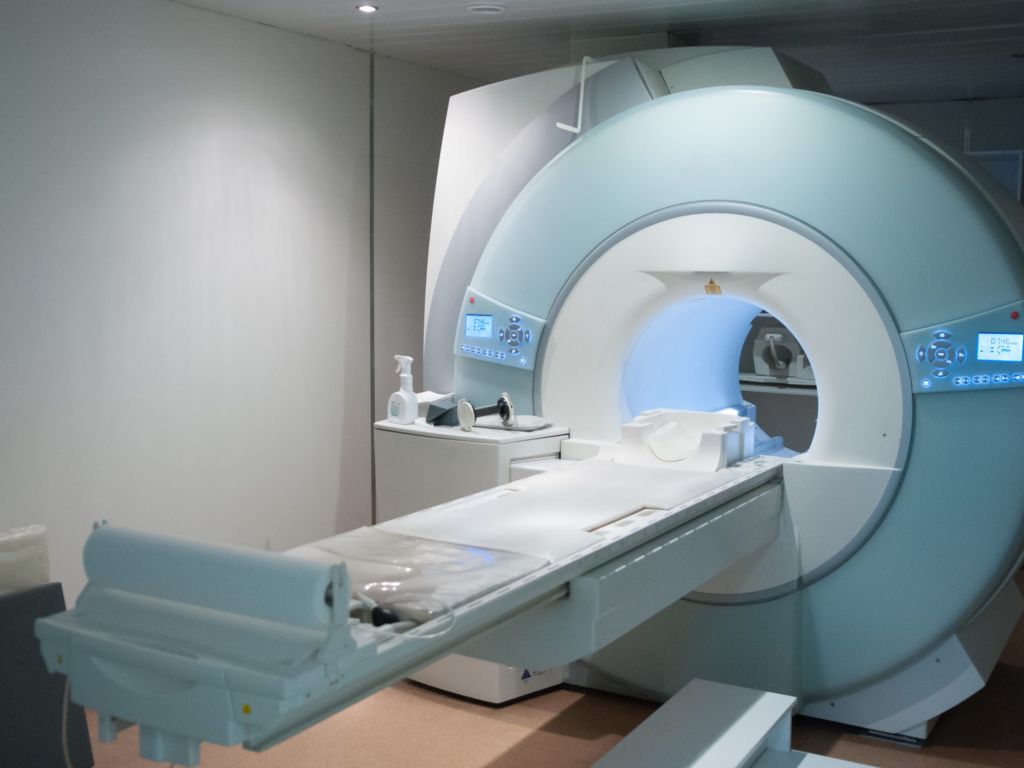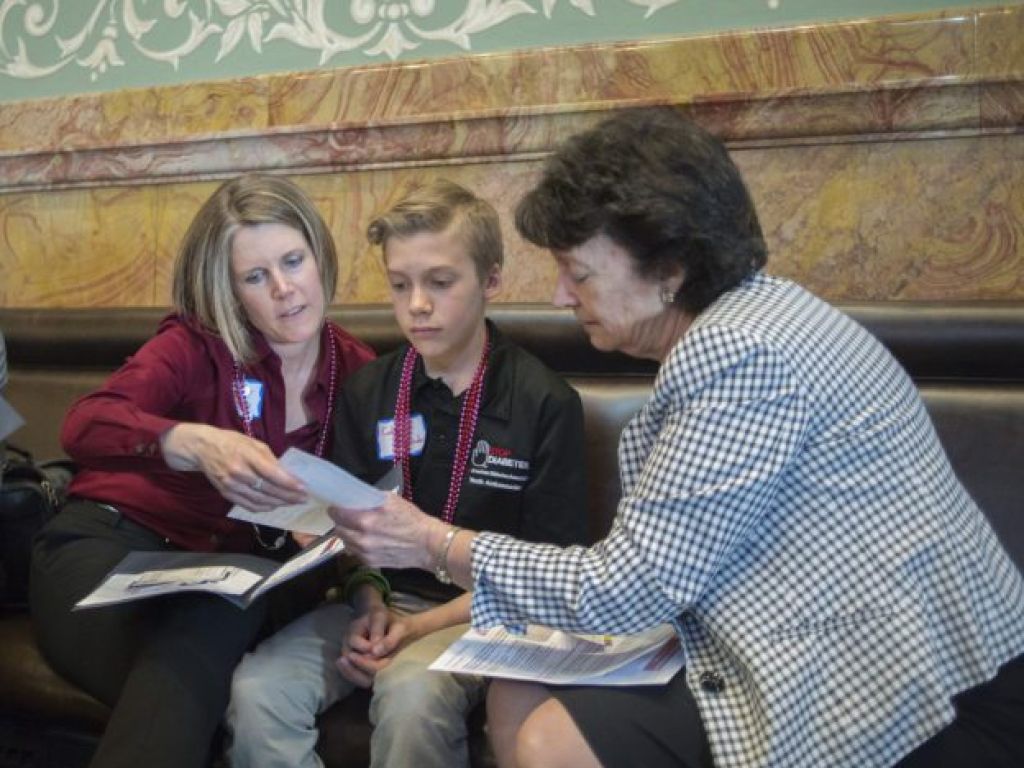COVID-19 Vaccine Coming to a Vaccine Site Near You
COVID-19 Vaccine Coming to a Vaccine Site Near You
December 2020, when the first COVID-19 vaccine received emergency approval and was slowly rolled out to the public, seems like a lifetime ago. We all felt relief as our older loved ones, and other high-risk members of the population got their first shot.




